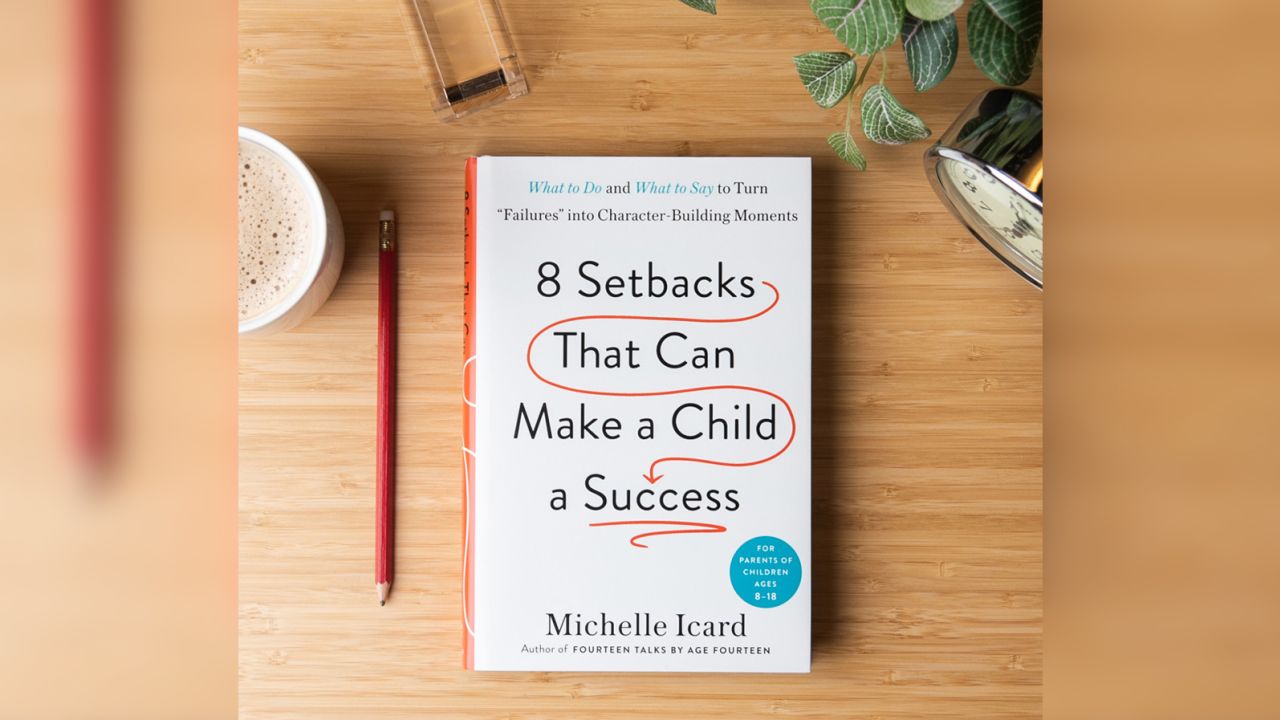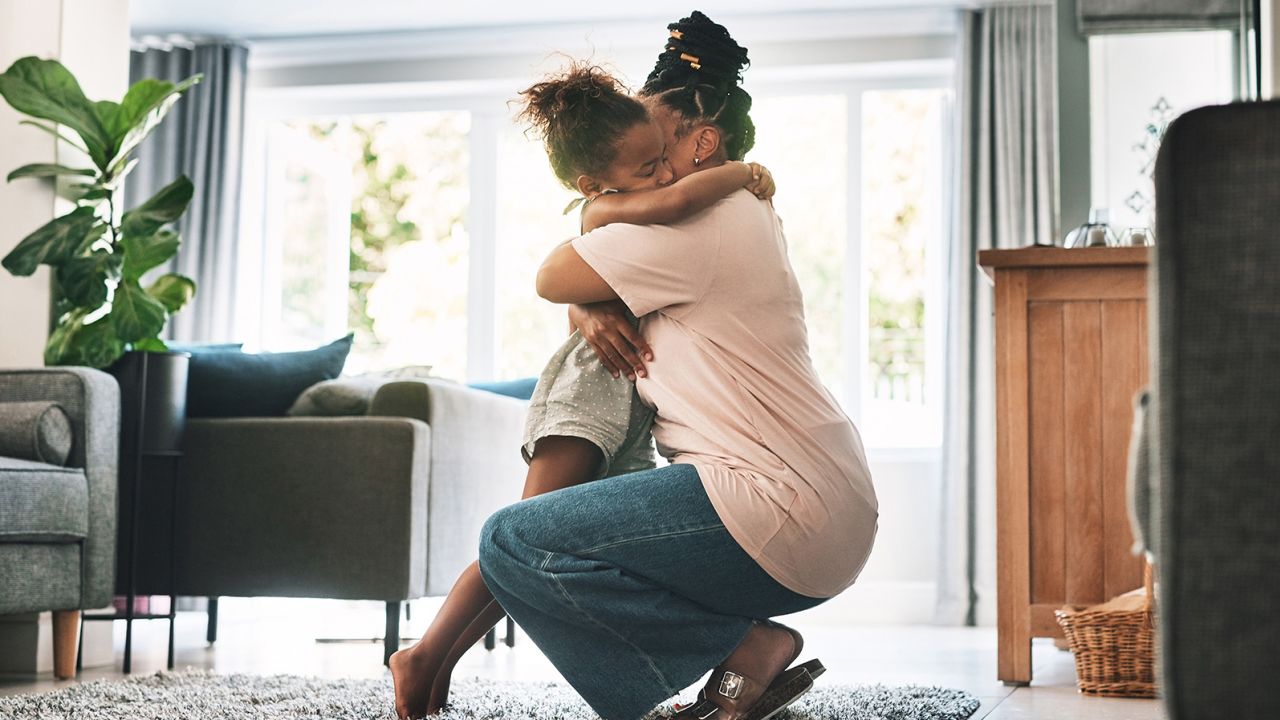After being dumped by her three roommates, my friend’s daughter, who wished to remain anonymous to protect her privacy, needed to find a new place to live. While scrambling to get a new apartment midsemester, she was also grieving the loss of her core group of friends, questioning her self-worth and wondering if she’d be able to find new friends. She even pondered whether she should transfer to a new college.
In the moment, the split felt like a disaster. It felt like a disaster when her mom, who also asked to remain anonymous, told me the story at our most recent book club. But when I asked how her daughter was doing, her mom lit up. It turned out her daughter was doing great. She made much better friends, and now she is so happy in her new life.
With the benefit of hindsight, both mom and daughter were glad it happened, even though it was one of the hardest emotional roller coasters they’d ridden.
Parents and guardians often feel exhilarated by our children’s successes as much as we feel panicked and exhausted by their mistakes. We feel what they feel, and it’s a lot to go through, for them and for us.
Wouldn’t it be great if there were a magic wand you could use to wave those awful experiences away? Perhaps you think life would be so much easier, right?
Not really. It turns out life might be momentarily easier, but it wouldn’t be better.
I interviewed parents across the country about their children’s experiences with eight specific types of failure for my latest book, “Eight Setbacks That Can Make a Child a Success: What to Do and What to Say to Turn ‘Failures’ into Character-Building Moments.” Those failures are the failure to connect with peers, take care of their bodies, perform well in school, follow the rules, get along with family, show concern for others, handle their feelings and believe in oneself.

I asked those 30 parents if I could give them a magic wand to erase their child’s experience — experiences that included being hospitalized for binge drinking, failing out of school, being suspended for damaging school property and losing meaningful friendships.
Twenty-nine of the 30 parents said they would not wave the wand.
If I had asked the same question in the lowest moment, they all said they would have begged me for the wand. But with hindsight, what their children learned from the experience was too valuable to lose.
When you held your newborn baby or tiny toddler, you likely hoped for a life that was full of ease, fulfillment and happiness for your child. As it turns out, that ease doesn’t lead to fulfillment or happiness. A bit of failure often does. That’s because challenges help kids develop coping skills and resilience, both of which make life much more enjoyable.
Kids don’t learn when life goes perfectly for them. It’s like working out with 1-pound weights forever. Sure, you’re exercising, but without tearing and rebuilding muscle, you’ll never get stronger.

Kids also don’t learn when life comes with too many hardships. Using weights that are way too heavy doesn’t make you stronger either. Overload causes injury and stops you from trying.
Similar to exercising to become physically stronger, failing makes us emotionally stronger. Also, like exercise, failure operates on a Goldilocks principle. You need to experience “just the right amount” of setbacks to feel pain, learn from it, repair and become stronger.
You don’t need to keep your child in a bubble to stop them from ever getting hurt, or a wand to magically erase the painful moments after they happen. But there is something you can use to make sure that your child’s setbacks don’t become the headline of their childhood and, instead, become a launchpad for growth.
Here’s my three-step process for helping kids get through the hard times, so, like the college student who had to move midsemester, your child stands a chance to appreciate what they’ve been through.
In short, you’re going to want to contain, resolve, and evolve alongside your child.
Step one: Contain the problem. Give it a name, remove your child from a situation, do whatever you need to do to apply a metaphorical tourniquet, so it doesn’t get worse.
Step two: Resolve the problem. It’s time to take action to make things better. Is there something your child can do to move past this? Do they need to talk with someone, journal, apologize, seek perspective or professional help, or make reparations?
Step three: Evolve. It’s time to pivot and put this behind you and your child. You can ritualize this if you want, or simply decide not to keep dwelling.
Many parents and guardians keep checking to see whether their child is OK or if they’re going to make the same mistake again. Don’t. At a certain point, it benefits your child more to understand from you that their bad experience, whether by their own bad decision or someone else’s, doesn’t define who they are. It’s time to see new things in them.
https://edition.cnn.com/2023/08/24/health/setbacks-failure-child-learning-tool-wellness/index.html